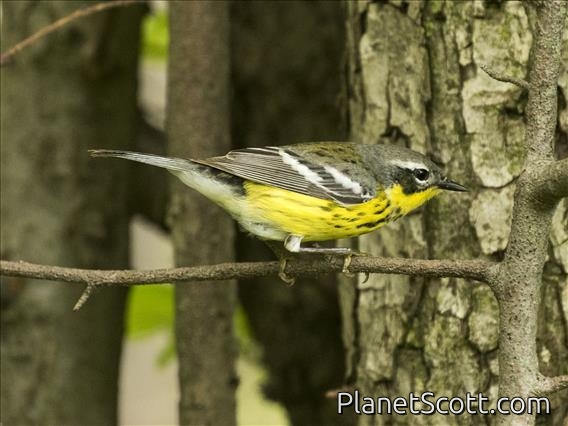Magnolia Warbler (Setophaga magnolia)

Magnolia Warbler (Setophaga magnolia)
×


Magnolia Warbler (Setophaga magnolia)
About Magnolia Warbler (Setophaga magnolia)
- Kingdom: Animals
- Phylum: Chordates
- Class: Birds
- Order: Perching Birds
- Family: New World Warblers
The magnolia warbler is a member of the wood warbler family Parulidae.
Source: Wikipedia
Visits
-
2007-10-17
Sontecomapan, Mexico -
2008-09-15
Presidio - El Polin Spring, United States of America -
2009-01-14
Cozumel, Mexico -
2009-01-18
Lamanai Ruins River Trip, Belize -
2009-01-20
Crooked Tree, Belize -
2009-01-24
Bullet Tree Falls, Belize -
2009-01-30
Semuc Champey, Guatemala -
-
-
-
-
-
-
-
-
-
2023-05-13
Illinois Beach State Park, United States of America -




